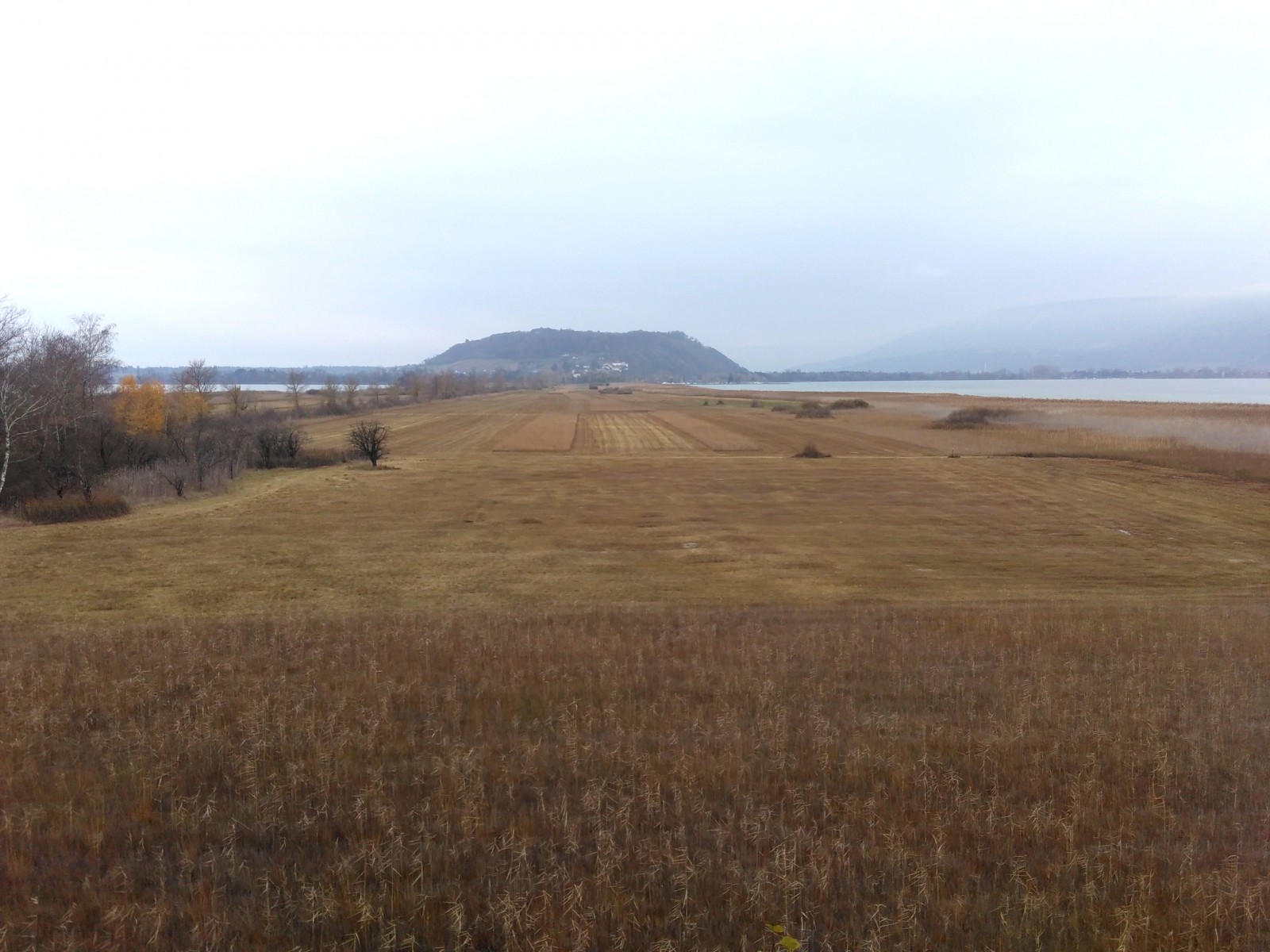Opis
Until 19th century hydrological works of the Jura correction, Petersinsel (St Peter's Island) was an island. But the lowering of the water level in Lake Biel disclosed a shallow area that connected the island to the mainland at Erlach (Cernier). This 5 km long and narrow alley converted the island into a peninsula and is now a protected area, part of the Grosses Moos Important Bird Area (IBA). A track leads to the former island through reedbeds and meadows. Halfway there is an observation tower with views over tyhe reedbeds and the lake.
In winter, the area is good for błotniak zbożowy , srokosz and kszyk . In spring, many species typical of reedbeds can be seen or heard: brzęczka , świerszczak , trzciniak , bączek . Year round there are possibilities to see or hear wodnik (zwyczajny) and wąsatka . The lake around the peninsula is frequented by ducks and grebes including: nurogęś , perkoz dwuczuby and podgorzałka .
Szczegóły
Dostęp
In Erlach / Cernier there are several parking places (paying in summer, free in winter). There is a bus service to Ins (postauto B 521 52139 ) with train connections to Neuchatel and Bern.
Teren i siedlisko
Tereny podmokłe , Trzcinowiska , JezioroWarunki
PłaskiTrasa dookoła
TakCzy luneta będzie przydatna ?
Może być przydatnaUdany sezon obserwacyjny
Przez cały rokNajlepszy czas na wizytę
Wiosenne migracje , Jesienne migracjeTrasa
Szeroka ścieżka , Droga nieutwardzonaPoziom trudności szlaku pieszego
ŁatwyDostępne
Pieszo , Rower , Wózek inwalidzkiCzatownia/platforma obserwacyjna
TakDodatkowe informacje
In summer there is a restaurant in the former clunisian monastry is open and provides a nice stop.
Linki
- 'Grosses Moos' plain and Niederried reservoir
- SBB (Swiss Railways)
- Postbus (bus connections and timetables)



